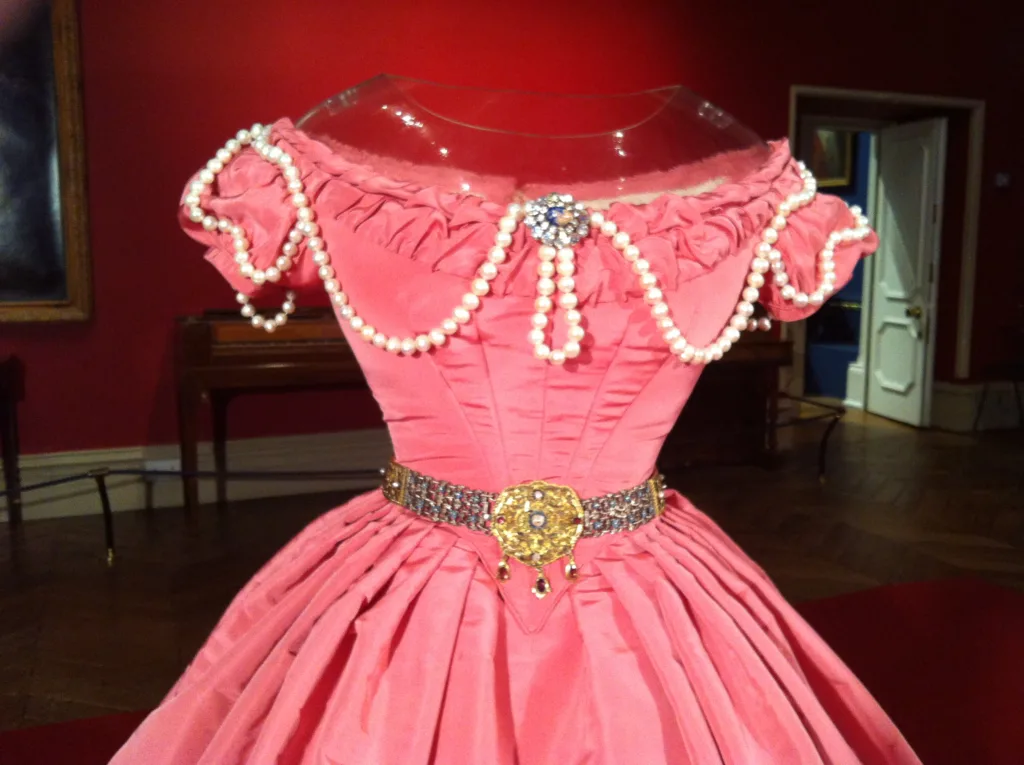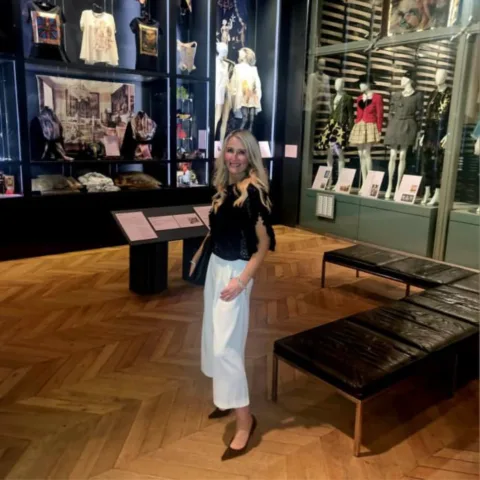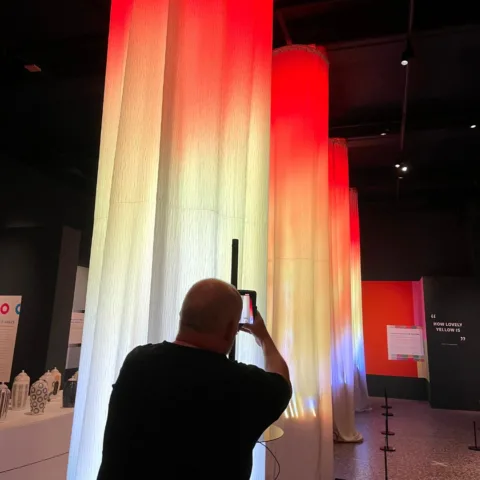The Bowes Museum Blog

Washing Bonnets for Common Grounds

 As you may have seen, the museum is currently preparing one of our next exhibitions “Common Grounds: Lace Drawn from the Everyday”, an installation of light sensitive drawings made by the artist Sarah Casey based on the Museum’s Blackborne Lace collection. A selection of objects from the collection will accompany the display. As part of the preparation for the display, we are conserving and mounting the objects. This is the case for a group of four late 18th -19th century baby bonnets, which I’m going to introduce you to below.
As you may have seen, the museum is currently preparing one of our next exhibitions “Common Grounds: Lace Drawn from the Everyday”, an installation of light sensitive drawings made by the artist Sarah Casey based on the Museum’s Blackborne Lace collection. A selection of objects from the collection will accompany the display. As part of the preparation for the display, we are conserving and mounting the objects. This is the case for a group of four late 18th -19th century baby bonnets, which I’m going to introduce you to below.
As you can see from the pictures, due to a long period of storage, the caps are creased and distorted, they are lightly soiled and the fibres are discoloured yellow. This is the state in which all of the bonnets entered the Bowes Museum collection, having been stored in trunks and boxes for many years. Sarah Casey has drawn some of the bonnets while still in this state, and we will display some unconserved bonnets alongside her drawings. These four bonnets represent some of the best examples of lace bonnets in the collection, so needed to be conserved for photography and display. After full documentation we decided on a conservation treatment strategy – the baby’s caps needed some surface cleaning, wet cleaning and reshaping to return them to the original shape. We carried out surface cleaning using dry cosmetic sponges to reduce the soiling (dust). We proceeded to the wet cleaning using a very low percentage of conservation-grade detergent to help us to remove the soiling completely, and also to reduce the yellowing discoloration.

Colour test. In case of coloured fabric an initial test to check the dye doesn’t bleed is always required
Wet cleaning in conservation is similar to normal wet cleaning of textiles, and is based on soaking, lathering and rinsing; the distinctive feature in conservation is the method of working. In textile conservation we use pure water (de-ionised water) in many processes, which we have on tap in our studio. The reason for this is to avoid contaminants which could interfere with the cleaning process, or leave residues in the object.
The bonnets were washed in small trays, they are always worked on in a flat position with as little handling as possible. After an initial soak of the objects; they were lathered with the help of a very fine pore sponge. The process is documented, including recording the length of time taken for each wash and rinse, pH of wash solution, and amount of water and detergent used. Finally, the bonnets were rinsed, ensuring that all the detergent was removed completely. Each bonnet took around 4-5 hours to wash.

During the wet cleaning: Emily and I cleaning with sponges (left). At right, images of lace no.287 during the soak (top), lather (centre) and rinse (bottom)
Once the wet cleaning is done, it is necessary to reshape the bonnets, and let them dry on an appropriate support that maintains the correct shape. Once dry, and if necessary, it is also possible to apply some cold steam to help re-shape the bonnets and remove any creases, with the help of a support and entomological pins to hold the position until fully dry.
The preparation for the display is not complete without an appropriate display mount for each object. A couple of prototypes, using different materials, have already been made; and are awaiting a final curatorial decision. Each will be custom-made to fit the bonnet, as they are all slightly different sizes.
The final result can be seen in Common Grounds: Lace Drawn from the Everyday, in the Fashion & Textiles Gallery from 9th May to 28th June 2015.
By Maria Pardos, Textiles Conservation Intern














